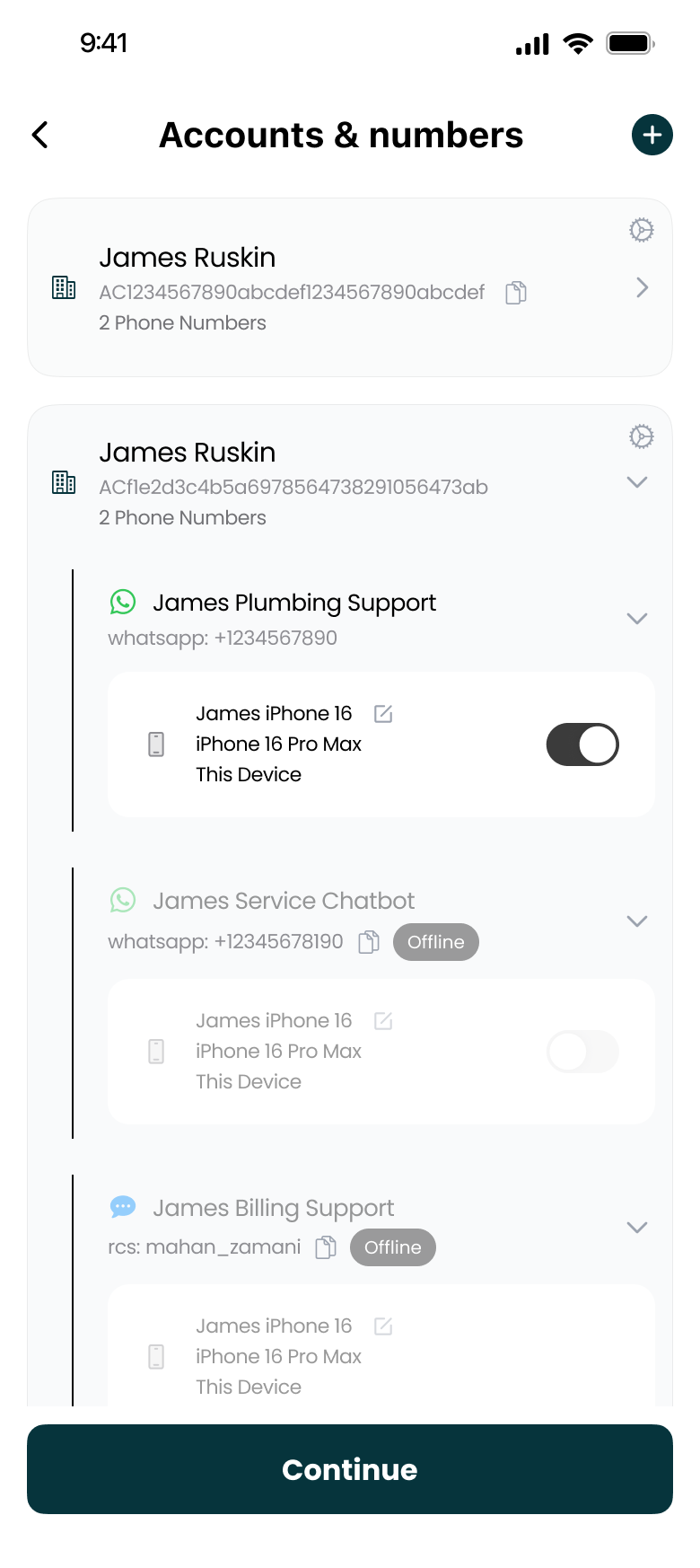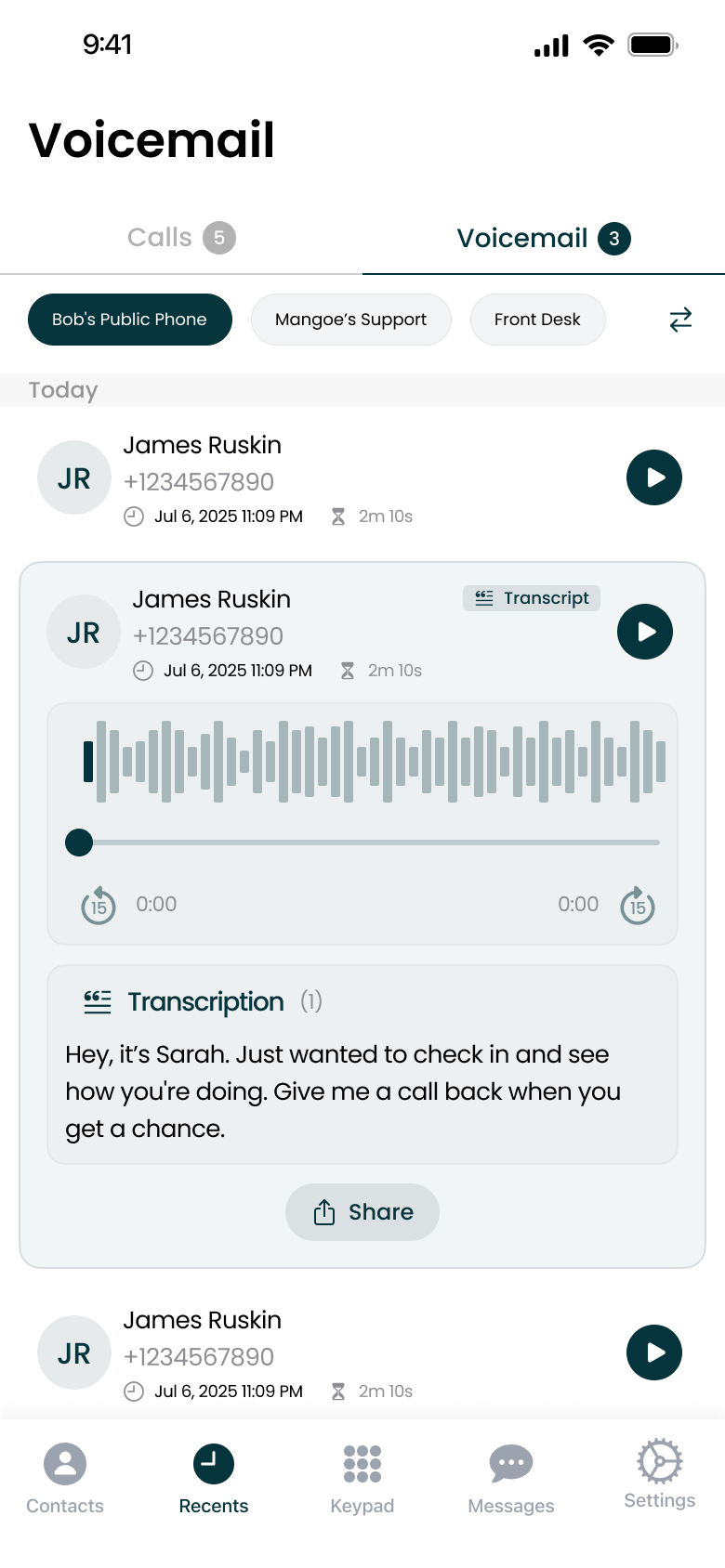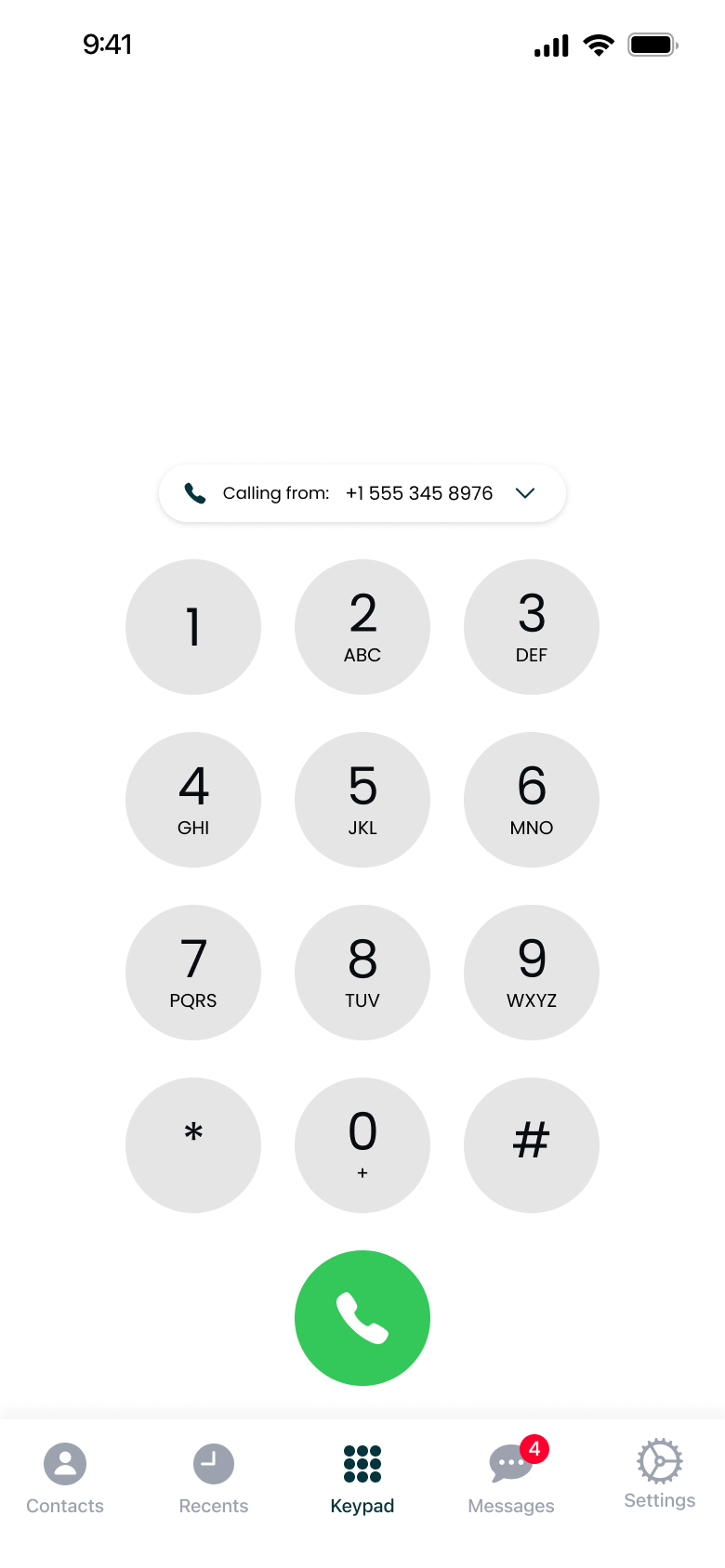Twilio vs. Mango: Understanding the Difference
One of the most common points of confusion for new users is the relationship between Twilio and Mango. It's a simple partnership, but a very important one to understand.
Let's break it down.
What is Twilio? (The Engine)
Think of Twilio as the powerful engine and infrastructure that provides the communication service.
-
Twilio is a massive cloud communications platform (PaaS).
-
You buy your phone numbers directly from Twilio.
-
You pay Twilio for your pay-as-you-go usage (e.g., per-minute for calls, per-message for texts).
-
Twilio provides the APIs that allow developers to build communication features, but it doesn't provide a ready-to-use mobile app for the general public.
In short, Twilio provides and powers the phone number.
What is Mango? (The Steering Wheel)
Think of Mango as the polished, user-friendly "steering wheel" and dashboard for that engine.
-
Mango is a native mobile app (a "client") that you download from the App Store.
-
It connects to your Twilio account.
-
It gives you the interface—a dialer, a unified message inbox, contact lists—to easily use your Twilio number.
-
It's a privacy-first app, meaning your private data (calls, messages, contacts) is not stored on our servers.

The Mango app provides an intuitive interface to manage your Twilio number
In short, Mango is the app you use to access and manage your Twilio number.
A Simple Analogy
The easiest way to think about it is like email:
Twilio is like Gmail or Outlook. It's the service in the cloud that stores your emails, manages your email address, and handles the sending and receiving
Mango is like the "Mail" app on your iPhone. The Mail app doesn't provide your email service, it just gives you a clean interface to read, write, and manage the emails from your Gmail or Outlook account.

Mango seamlessly connects to your Twilio account to provide a mobile experience
You must have a Twilio account (the service) to be able to use the Mango app (the client), just like you must have a Gmail account to use it in your Mail app.
How Does Billing Work?
This is the most important part to understand:
Twilio Billing: You will always pay Twilio for your phone number rental (usually a few dollars a month) and your "pay-as-you-go" usage for every call and text. This is billed directly by Twilio.
Mango Billing: Mango is a freemium app.
-
Free Plan: Our free plan lets you manage your first Twilio number for free, including all calling and SMS/MMS features.
-
Pro Plan: You only pay Mango an optional subscription fee if you want premium features, like managing multiple numbers, multiple devices, or using advanced voicemail.

Mango offers a free plan for your first number, with optional Pro features
Key Takeaways
-
You must have a Twilio account to use Mango.
-
You buy your numbers from Twilio, not Mango.
-
You pay Twilio for your call/text usage.
-
Mango is the app you use to make those calls and send those texts.


